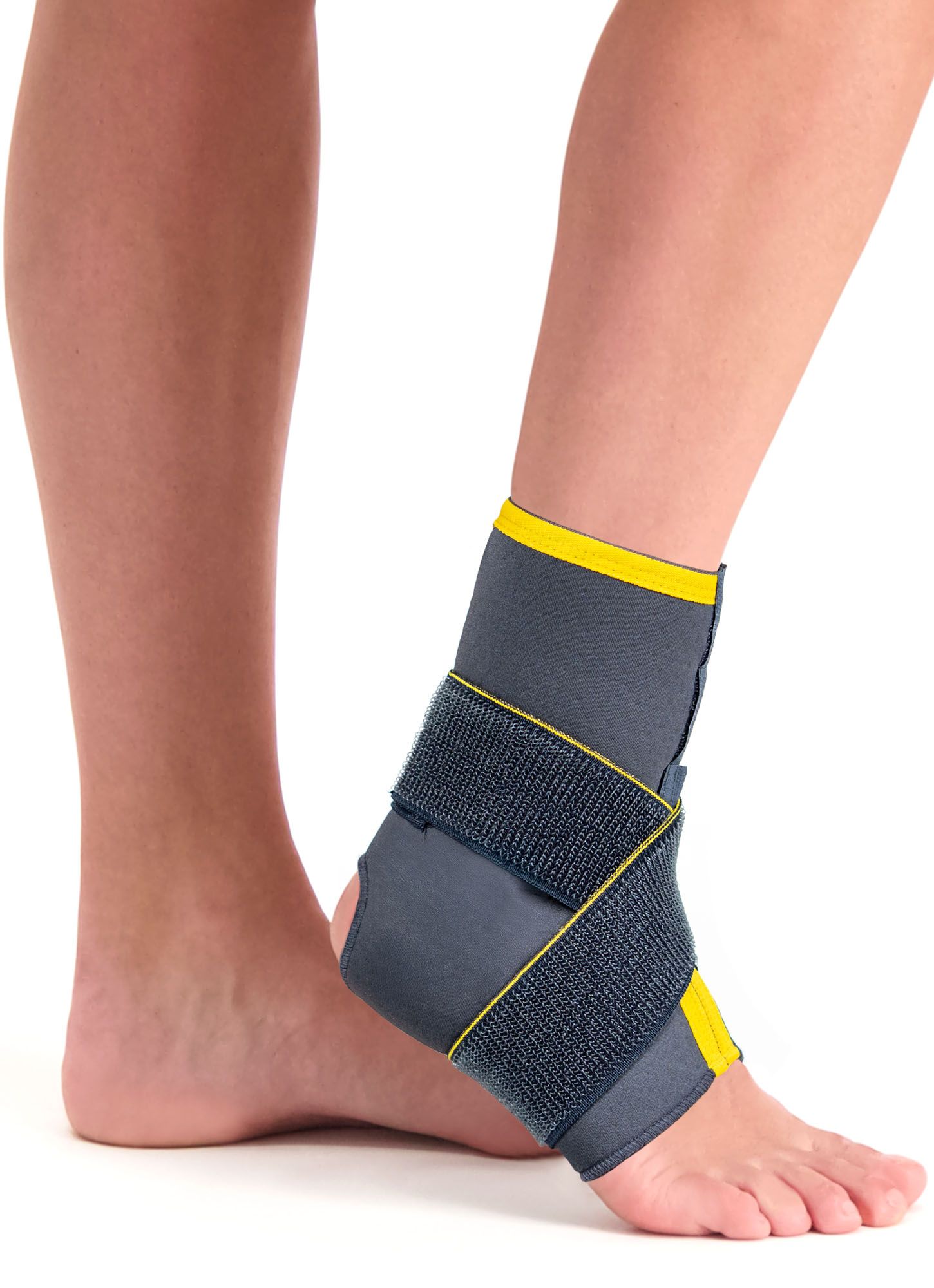Secured Lower Ankle Joint
A joint is where two or more bones meet. These bones are covered with a layer of cartilage, allowing them to move smoothly against one another. As we age, it’s normal for the composition and thickness of the cartilage in a joint to change. Osteoarthritis refers to excessive wear and tear of this cartilage. As a result, the cartilage layer deteriorates, becoming thin and brittle. The body can no longer repair this on its own.
The lower ankle joint (subtalar joint) is the joint between the heel bone (calcaneus) and the talus. It functions as the sideways movement joint in the hindfoot. The upper ankle joint is responsible for downward (plantar) and upward (dorsiflexion) motion of the foot, which is essential for effective push-off during walking.
Causes of a fused lower ankle joint
There are approximately four main causes:
- Osteoarthritis following another condition, such as a bone fracture. The cartilage may be directly damaged or affected due to altered movement patterns.
- Foot deformities can also lead to wear and tear—for example, flat feet or high-arched feet.
- Inflammation of the joint, such as in rheumatoid arthritis, can damage the cartilage.
- Cartilage wear due to an unknown cause. Eventually, the bone becomes exposed. This form typically appears in middle-aged or older individuals.

Symptoms of a fused lower ankle joint
- Deformity
- Pain at rest
- Swelling
- Limited range of motion
- Stiffness
- Pain during movement
Treatment of a fused lower ankle joint
A patient’s medical history and physical examination are often sufficient for a specialist to diagnose osteoarthritis. An X-ray can confirm the diagnosis. An MRI scan is usually not necessary, but a CT scan may be performed to assess nearby joints for signs of osteoarthritis. Both non-surgical and surgical treatments are available.
Non-surgical treatment may include:
- Pain relievers and anti-inflammatory medication
- Physiotherapy
- Corticosteroid injections
- A cane to assist with walking
- Custom-made footwear
- Braces or taping
At Podobrace, we offer medically approved products such as ankle braces and supports for this condition. If your symptoms don’t improve with conservative treatment, or if the damage is severe, you may choose to undergo surgery. In that case, an ankle brace can also be useful for post-operative rehabilitation.

- Physiotherapist
- Sports podiatrist
- Manual therapist
- Podopostural therapist
- Myofascial dry needling specialist





